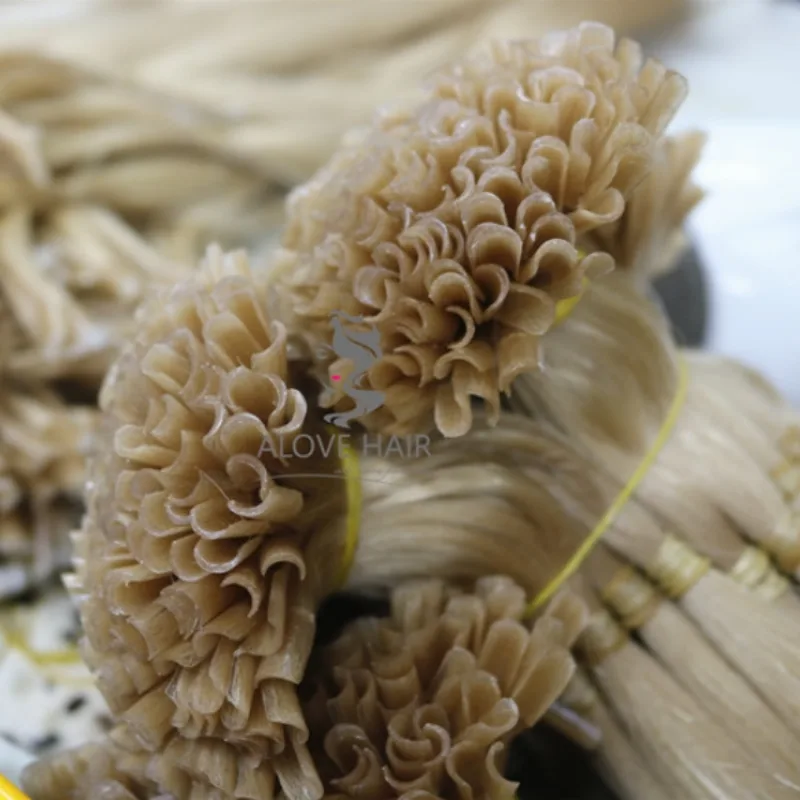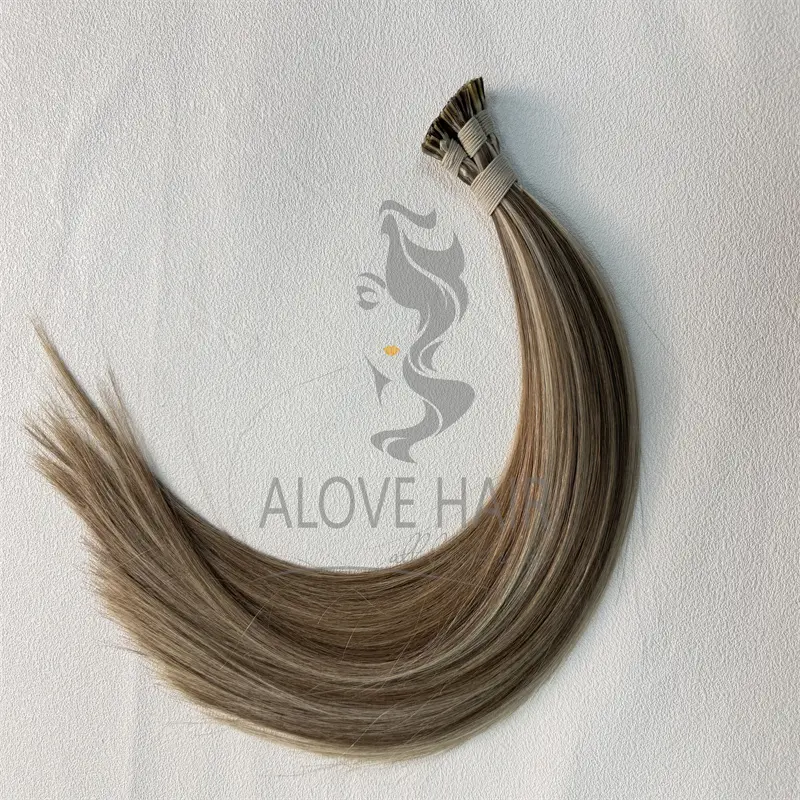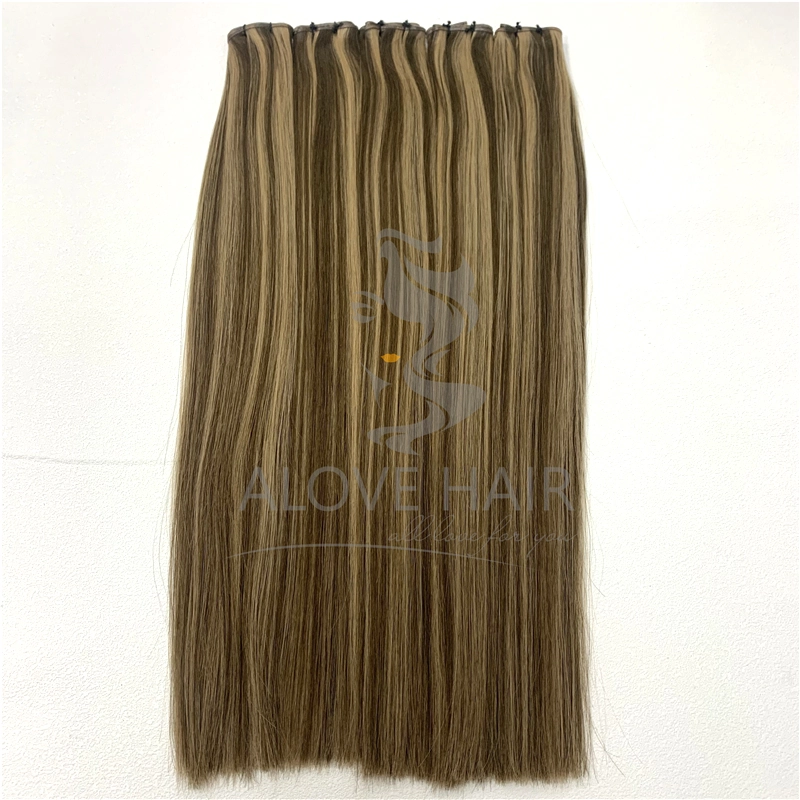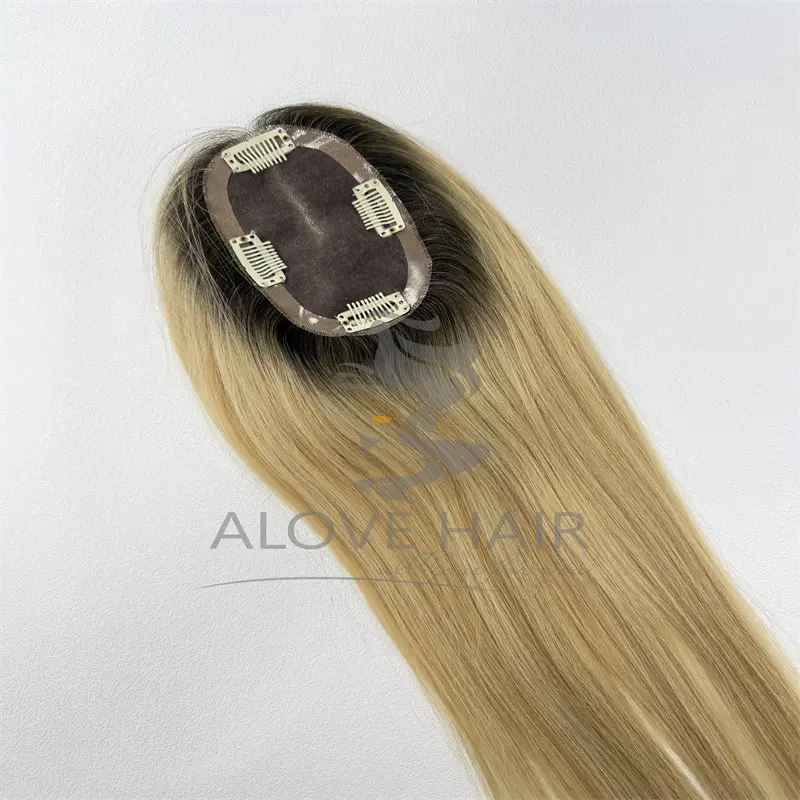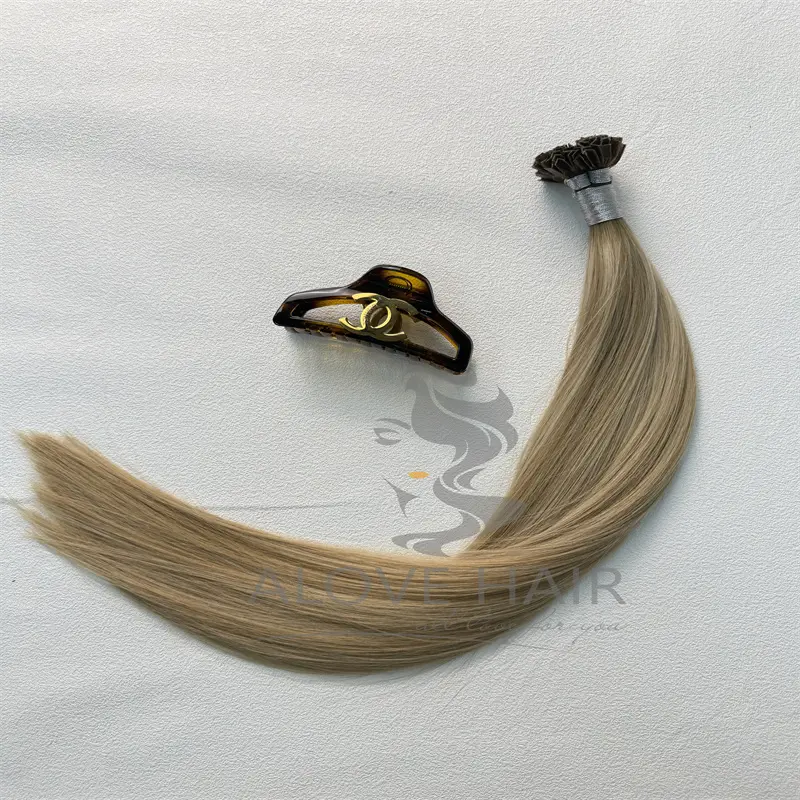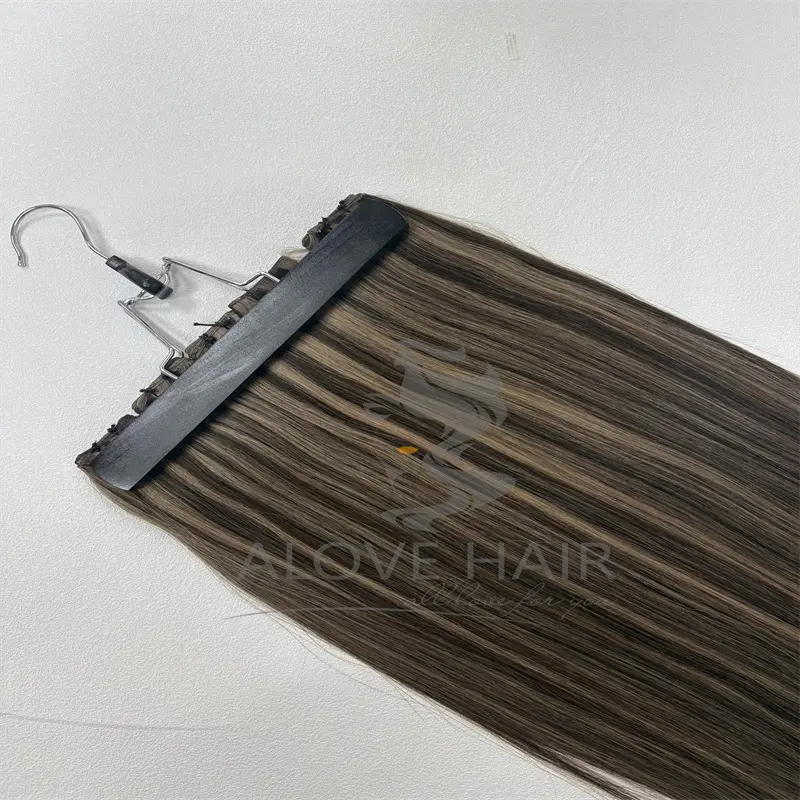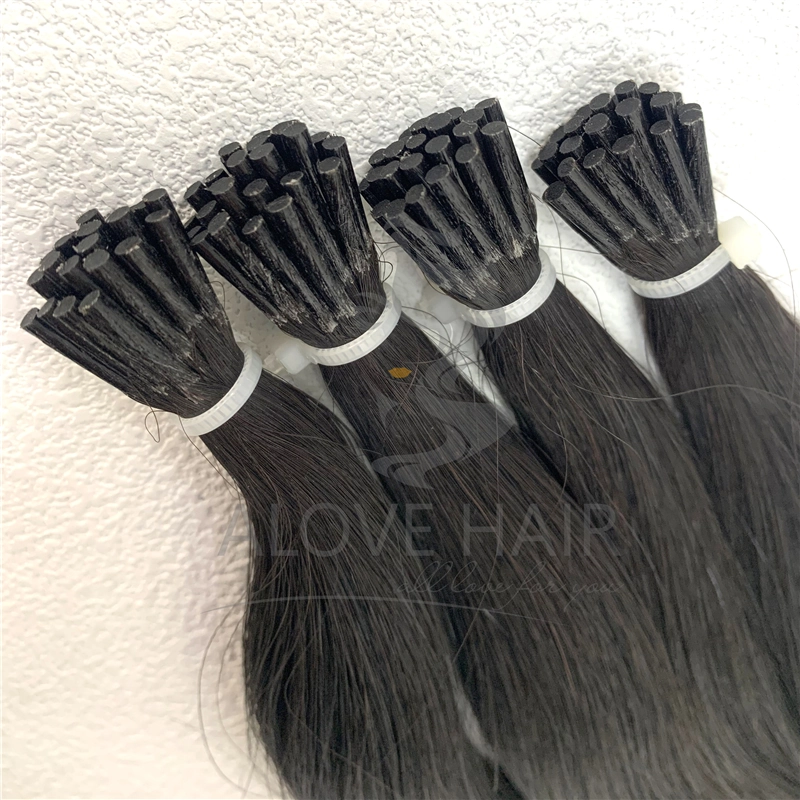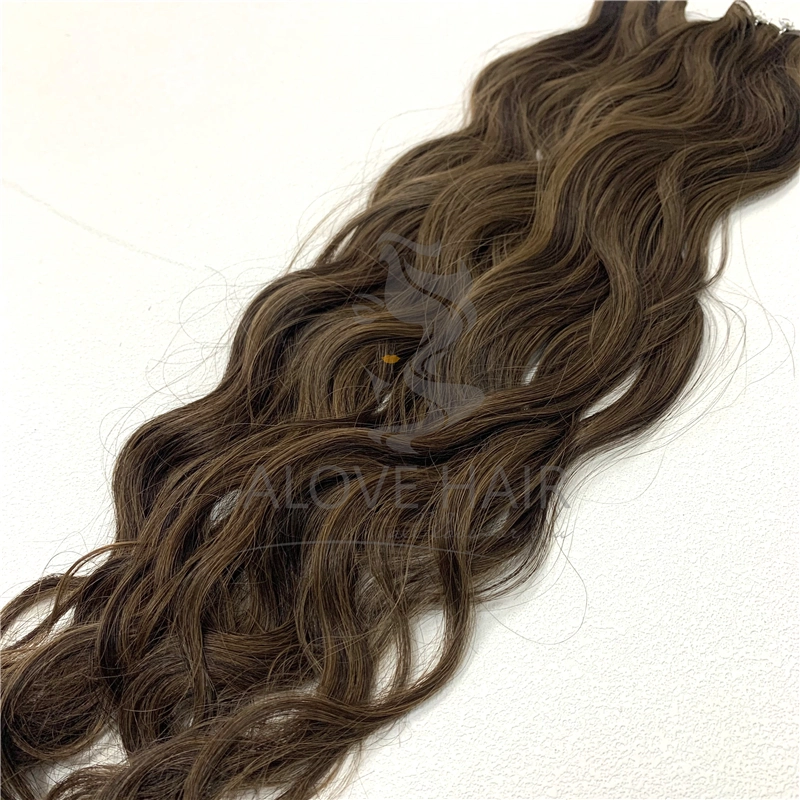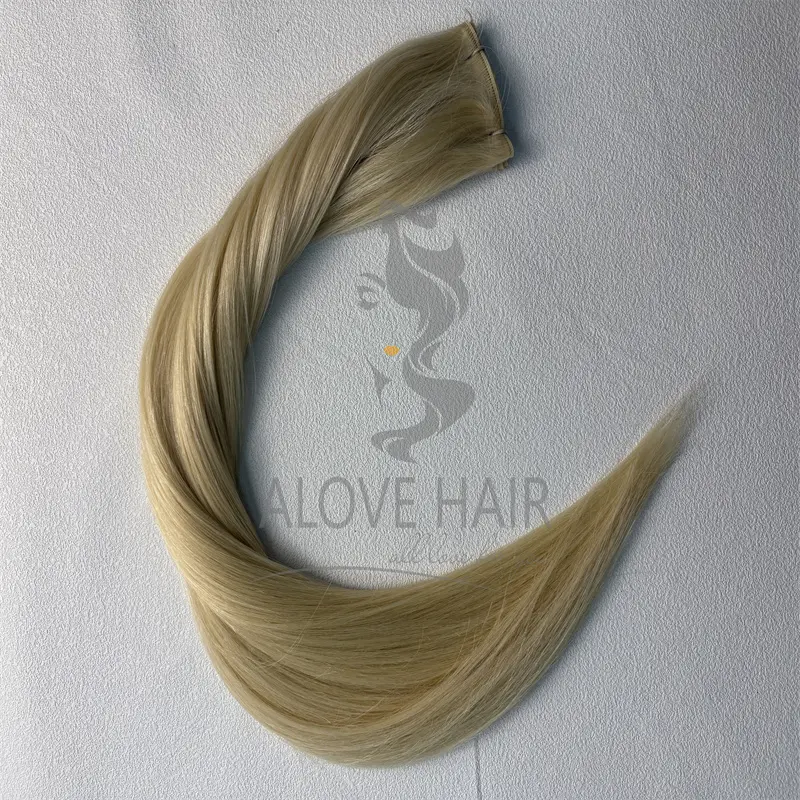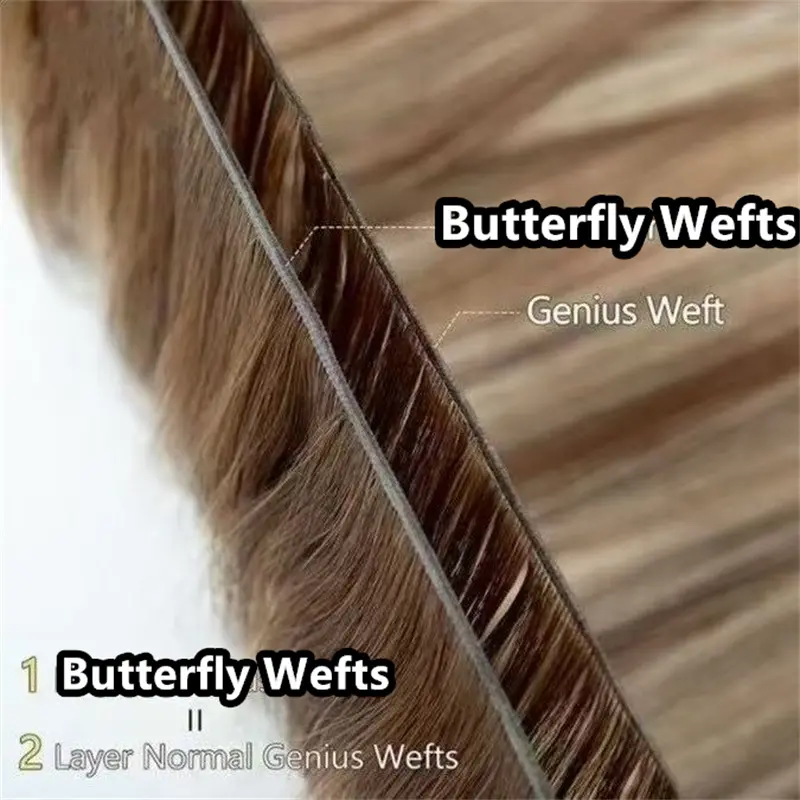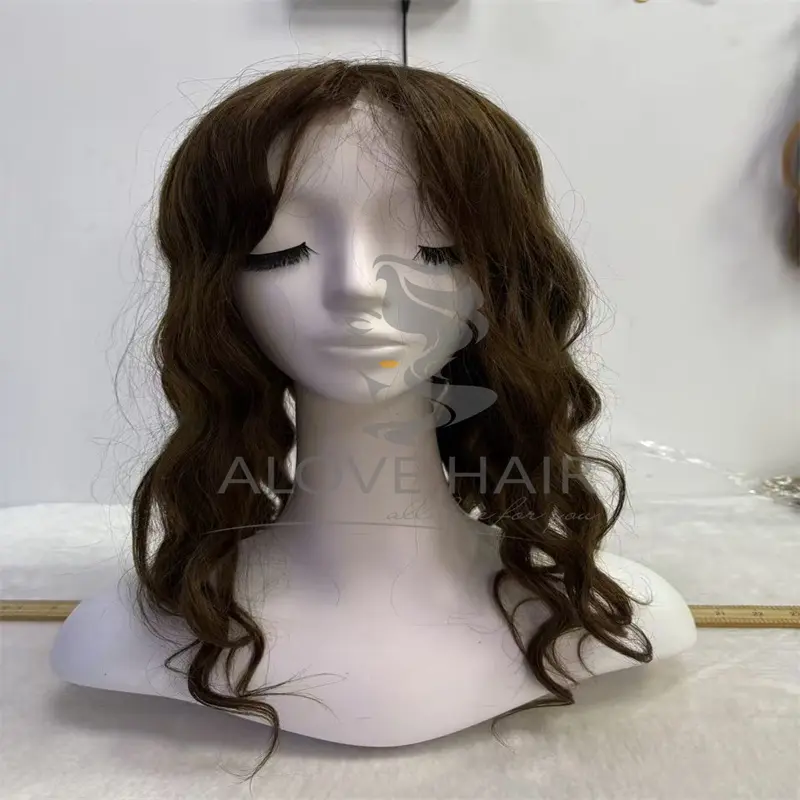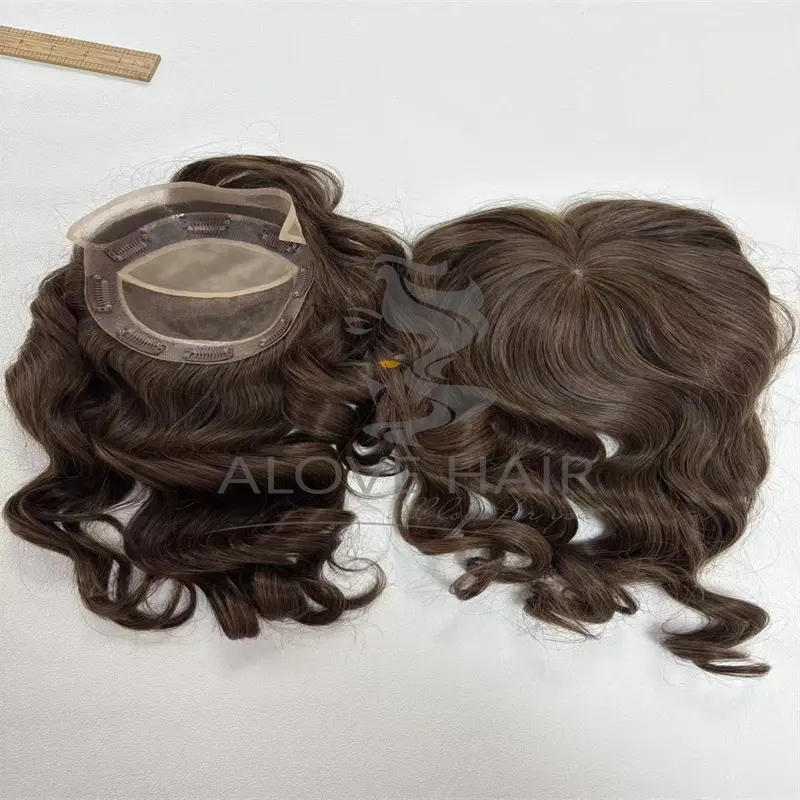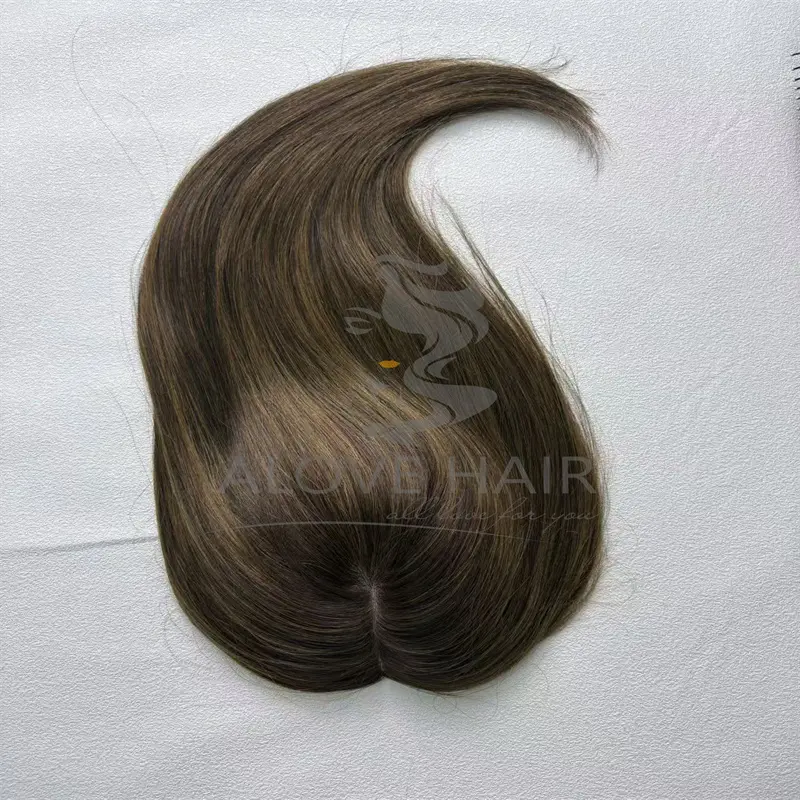Hair extensions have become a common way to transform the look of one’s hair, and among the different types of hair extensions, U-Tip hair extensions have grown in popularity due to their natural appearance and long-lasting results. Whether you are seeking extra volume, length, or simply a change in your hairstyle, U-Tip hair extensions may be an excellent solution. However, like any hair treatment, they come with both pros and cons that you should carefully consider before making a decision.
In this article, we will explore U-Tip hair extensions in detail, providing you with insights into their advantages and disadvantages. By the end, you will be equipped with the knowledge necessary to decide if U-Tip extensions are the right choice for you.
What Are U-Tip Hair Extensions?
U-Tip hair extensions are a form of keratin-based, bonded hair extensions that are applied to your natural hair using a hot fusion method. The "U" shape refers to the extension’s tip, which is a small bond that resembles the letter "U" and is used to attach the extensions to your natural hair. The keratin bond is melted with a heat tool, allowing it to fuse securely to your natural hair strands.
U-Tip extensions are made from high-quality human hair, ensuring they offer a natural look, as opposed to synthetic extensions that may not blend well with your natural hair texture. The installation process involves sectioning your hair and adding individual strands of the U-Tip extensions to each section of natural hair.
The Advantages of U-Tip Hair Extensions
1. Natural Appearance
One of the most significant advantages of U-Tip hair extensions is their ability to provide a very natural appearance. When applied correctly, U-Tip extensions blend seamlessly with your natural hair, making it difficult for others to distinguish where your natural hair ends and the extensions begin. This makes them ideal for those seeking a discreet solution to adding length or volume.
2. Long-Lasting Results
Unlike clip-in extensions, which need to be applied and removed regularly, U-Tip hair extensions offer long-lasting results. The bond created by the keratin is strong and durable, ensuring that the extensions stay in place for an extended period of time. Typically, U-Tip extensions last between 3 to 6 months, depending on your hair's growth cycle and the care taken.
3. Versatility in Styling
U-Tip extensions are versatile when it comes to styling. Because the individual strands are attached to your natural hair, you can still enjoy many of the same hairstyles as you would with your natural hair. This means you can curl, straighten, and even color your extensions without worrying about them being too different from your real hair.
4. Minimal Damage
When applied properly, U-Tip extensions cause minimal damage to your natural hair. Unlike other methods, such as sew-in extensions or clips, U-Tip extensions do not put excessive pressure on your scalp or hair. The keratin bonds are also designed to be gentle on the hair, making them a suitable option for individuals with fragile or fine hair.
5. Customizable Length and Volume
U-Tip extensions come in a variety of lengths and colors, allowing for customization to match your desired look. Whether you're looking for a subtle enhancement in volume or a dramatic transformation in length, U-Tip extensions can be tailored to meet your preferences.
6. Low Maintenance
Once U-Tip extensions are applied, they require minimal maintenance. Since they are securely bonded, you don't have to worry about them shifting or falling out during daily activities. Proper care, such as regular brushing and washing, can help maintain the extensions and ensure they last for the full duration.
The Disadvantages of U-Tip Hair Extensions
1. High Installation Cost
The installation of U-Tip hair extensions requires professional expertise, and this can come at a high cost. The process of attaching each strand using a hot fusion method can be time-consuming and requires a skilled stylist. Depending on the salon and your location, the cost for applying U-Tip extensions can range from $500 to $2,000 or more, especially if you are using high-quality, real human hair.
2. Time-Consuming Installation Process
U-Tip extensions take longer to install than other methods, such as clip-in extensions. The process can take anywhere from 3 to 6 hours, depending on how much hair is being added and the skill of the stylist. For people with a busy schedule, this extended time commitment can be a disadvantage.
3. Potential for Damage if Applied Incorrectly
While U-Tip extensions generally cause minimal damage, improper application can lead to breakage or strain on your natural hair. If the keratin bond is applied too tightly or is not applied in the correct section, it can pull on the hair, leading to thinning or damage over time.
4. Removal Process
The removal process for U-Tip extensions can be just as time-consuming as the application process. To remove the keratin bonds, a professional stylist needs to use a special solvent or heat tool. If not removed properly, there is a risk of hair breakage. Additionally, the cost of removal is another factor to consider, which can add up to another $100 to $300.
5. Maintenance Costs
While U-Tip extensions don’t require constant attention, regular maintenance is still necessary. Over time, as your natural hair grows, the extensions will need to be adjusted or moved up to avoid visible bonds. These maintenance appointments can cost between $150 and $300 every 6-8 weeks, depending on the salon and the amount of hair being moved.
6. Not Ideal for Short Hair
U-Tip extensions work best for individuals with medium to long hair. If your hair is very short, the extensions may not blend as well, and the bonding process could be difficult. For individuals with shorter hair, other extension types like clip-ins or tape-ins might be more suitable.
U-Tip Hair Extensions vs. Other Types of Extensions
To help you decide if U-Tip extensions are the right choice for you, it’s important to compare them to other popular extension types. Here’s a quick comparison:
| Extension Type | Pros | Cons | Installation Time | Average Cost |
|---|---|---|---|---|
| U-Tip | Natural appearance, long-lasting, low maintenance | Expensive, time-consuming installation, potential for damage if not applied properly | 3-6 hours | $500-$2,000 |
| Tape-In | Fast application, less expensive, low maintenance | Visible tapes, less long-lasting than U-Tip | 1-2 hours | $200-$1,000 |
| Clip-In | Easy to use, inexpensive, no salon visit required | Temporary, not as natural looking, requires removal each day | 10-30 minutes | $50-$500 |
| Sew-In | Long-lasting, blends well with natural hair | Can be uncomfortable, requires braiding, expensive | 3-5 hours | $300-$1,500 |
How to Care for U-Tip Hair Extensions
Proper care is essential to ensuring the longevity of your U-Tip extensions. Here are a few tips:
Brush Regularly: Use a soft-bristled brush to detangle your hair gently. Avoid tugging on the extensions to prevent damage.
Avoid Heat on the Bonds: While the extensions can be styled with heat tools, avoid applying heat directly on the keratin bonds to prevent melting.
Use Sulfate-Free Shampoo: Regular shampoos with sulfates can weaken the bonds, so it’s best to use a gentle, sulfate-free shampoo.
Sleep with a Loose Braid: To prevent tangling, it’s a good idea to loosely braid your hair before going to bed.
Avoid Excessive Oil or Products Near the Roots: Oil-based products can loosen the bonds, so keep products away from the area where your extensions are attached.
Conclusion: Are U-Tip Hair Extensions Right for You?
U-Tip hair extensions offer numerous benefits, including a natural look, long-lasting results, and minimal maintenance. However, they come with significant drawbacks, such as high costs, time-consuming installation, and the potential for damage if not properly applied.
If you’re willing to invest time and money into your hair transformation and are looking for an extension method that will provide lasting results and a seamless blend, U-Tip hair extensions might be the ideal solution. However, if you prefer a more budget-friendly or temporary option, other types of extensions might be more suitable for your needs.
Ultimately, the choice is up to you and what aligns best with your lifestyle, budget, and hair goals.
